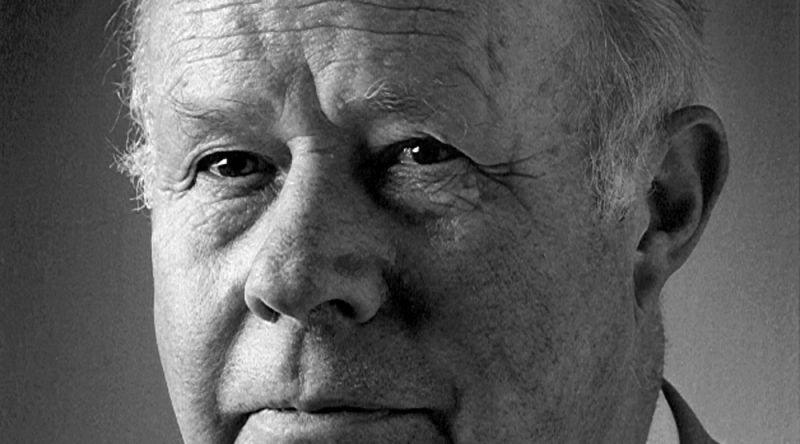

Danish architect and furniture designer
Ole Wanscher
Wanscher is employed in Klint's drawing office (1925-27), for whose line he is a strong, albeit independent exponent. He then opens his own architecture studio, specializing in furniture design. 1931-36 Wanscher teaches furniture design at the Arts and Crafts School in Copenhagen, 1937-44 he works as technical adviser for the nature protection organization Danmarks Naturfredningsforening and 1939-49 as secretary in the competition committee of the Akademisk Arkitektforening. 1955-73 he is a professor for furniture- and interior art at the Royal Danish Academy of Fine Arts. He follows his former teacher Kaare Klint, with whom he shares many views concerning the aesthetics of furniture art. 1940-52 Wanscher is also a jury member of the Academy of Arts, from 1949 chairman of the architecture section. From 1951 he heads the exhibition board of the Danske Arkitekters Landsforbund.
Wanscher's furniture belongs to the classical Danish Modernism, preserving analogies from eg. English and Oriental furniture art. In historical examples he finds ideal furniture constructions, which he then transforms to a more contemporary expression. Good quality and accurate workmanship mark Ole Wanscher's production. One of his most prominent works is the 'Egyptian stool', needless to say after the example of an ancient Egyptian chair.
In a longstanding cooperation with the master carpenter A.J. Iversen Ole Wanscher develops a number of exclusive furniture types, which mark highlights of Danish furniture art. Since the 1950s Ole Wanscher works with the furniture producer P. Jeppesens Mobelfabrik. This cooperation lasts until his death and produces numerous wellknown types like the 'Rungstedlund' series, 'PJ-149 Colonial Chair', 'PJ-112' and others. Many of Ole Wanscher's furniture designs are being produced by Carl Hansen & Son, in 2012 bought up by P.J. Furniture A/S. He wrote several important books on furniture, among others 'The Art of Furniture' (1946-55, also published in English, German and Swedish).

